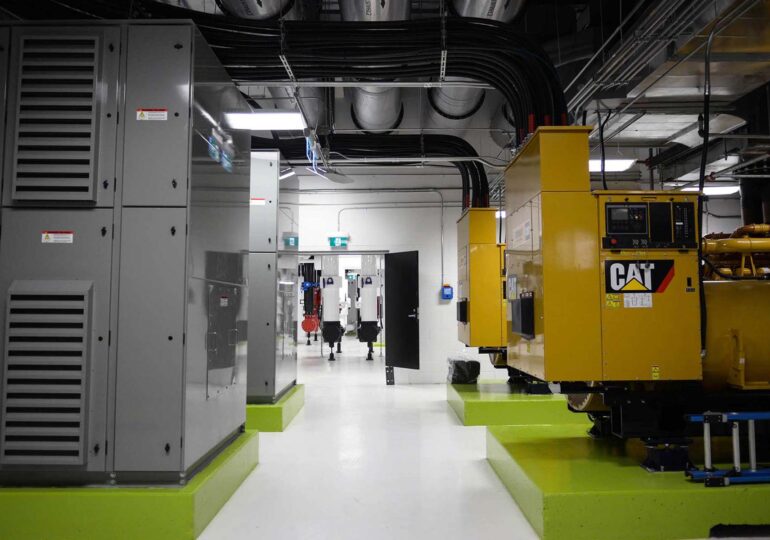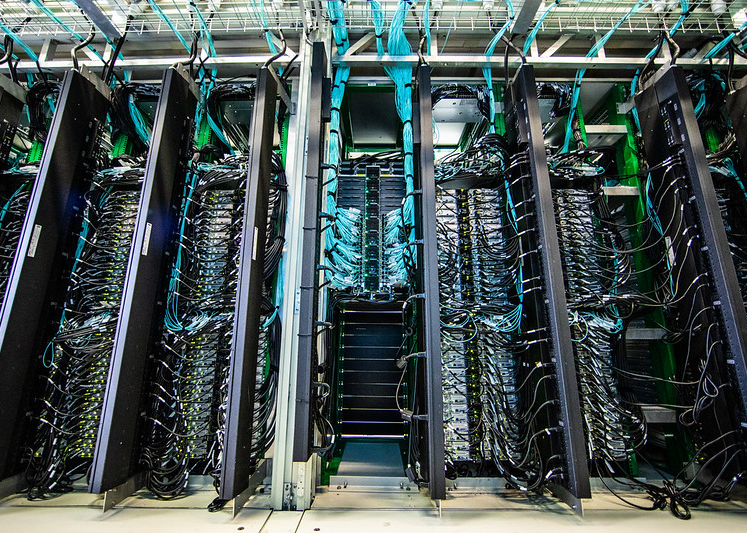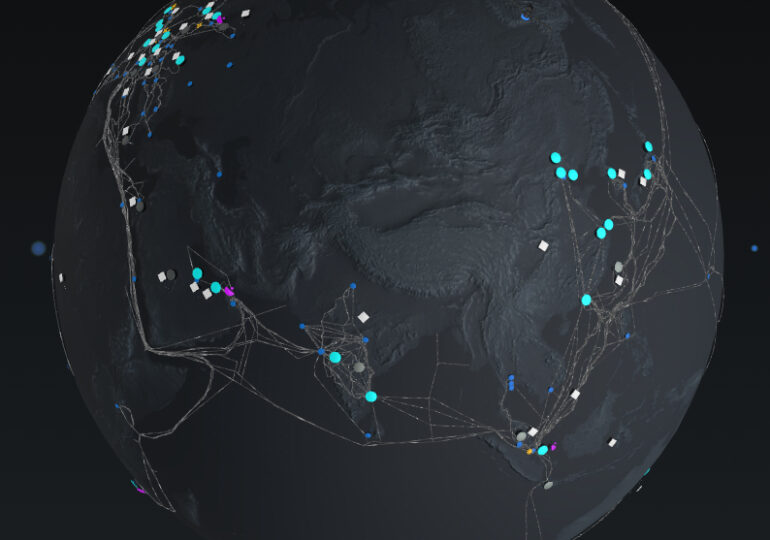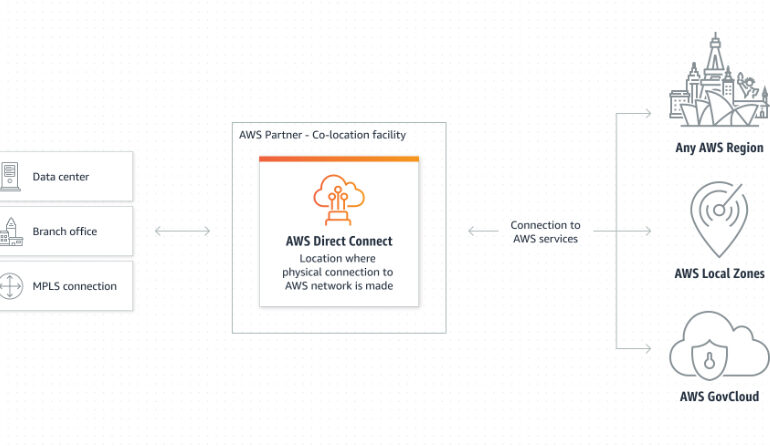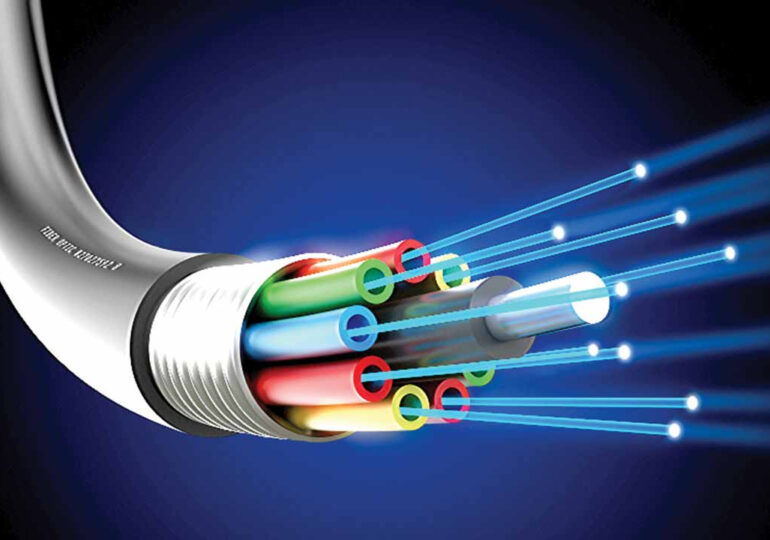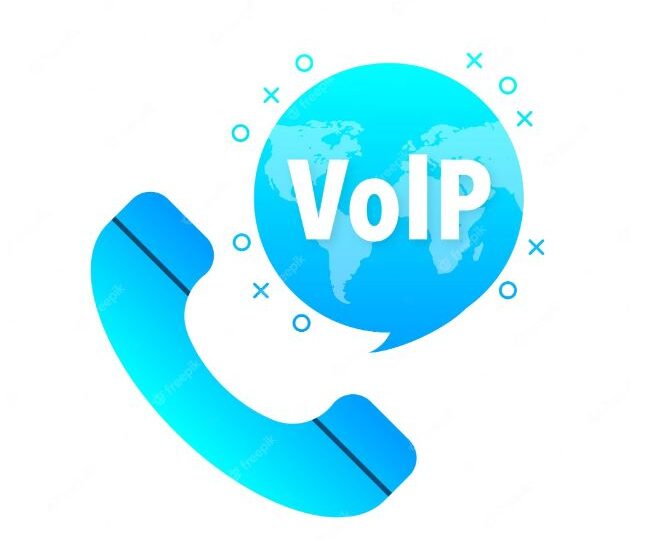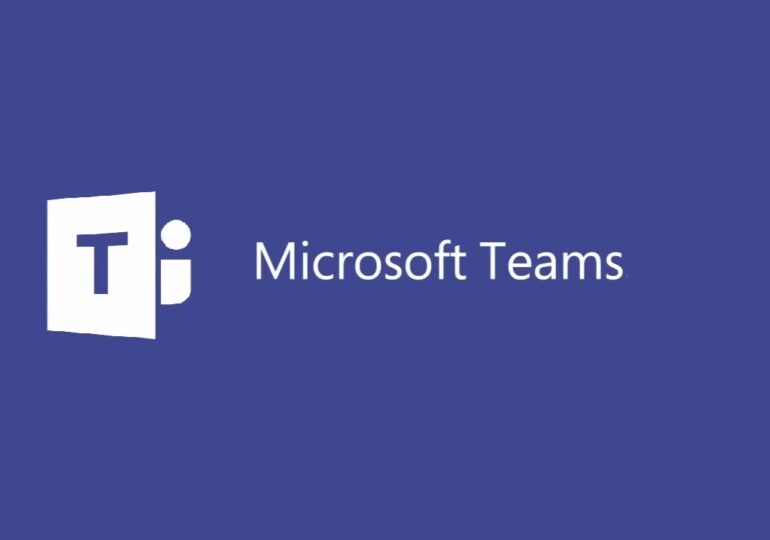The Difference Between Optical Wavelength and Ethernet Services in Data Network Services and Solutions

Introduction
In the realm of data network services and solutions, two popular options for transmitting digital information are optical wavelength and Ethernet services. While both serve the purpose of delivering data, there are unique differences between the two that can impact the efficiency and capabilities of your network.
Optical wavelength services operate by transmitting data using light signals across optical fibres. This method allows for high-capacity bandwidth, long-distance transmission, and low latency. It is commonly used in applications that require large amounts of data to be transmitted quickly and securely, such as video streaming, cloud computing, and data centres.
On the other hand, Ethernet services utilize a set of protocols to transmit data packets over a local area network (LAN) or wide area network (WAN). This technology is widely adopted for its simplicity, scalability, and cost-effectiveness. Ethernet services are commonly used in offices, campuses, and smaller networks.
Understanding the differences between optical wavelength and Ethernet services is essential in selecting the right solution for your network needs. Whether you require high-speed, long-distance transmission or a reliable local network, choosing the appropriate service can greatly impact the performance and success of your data network.
In this article we will cover the following key topics:
- What is an Optical Wavelength Service?
- Benefits of Optical Wavelength Services
- What are Ethernet Services?
- Benefits of Ethernet Services
- Key differences between Optical Wavelength and Ethernet Services
- Factors to consider when choosing between Optical Wavelength and Ethernet Services
- Case Studies: Real-World Examples of Companies using Optical Wavelength and Ethernet
Case Studies: Real-World Examples of Companies Using Optical Wavelength and Ethernet Services
What is an Optical Wavelength Service?
Optical wavelength service is a method of transmitting data using light signals across optical fibres. It utilizes the wavelength division multiplexing (WDM) technology, which allows multiple signals of different wavelengths to be transmitted simultaneously over a single fibre. Each signal, or wavelength, can carry a separate data stream.
One of the key advantages of optical wavelength service is its ability to provide high-capacity bandwidth. With the use of WDM, multiple wavelengths can be combined, resulting in a significant increase in the amount of data that can be transmitted at a given time. This makes optical wavelength service ideal for applications that require large amounts of data to be transmitted quickly and efficiently.
Another benefit of optical wavelength service is its long-distance transmission capability. Optical fibres have low signal loss, allowing data to be transmitted over long distances without significant degradation in quality. This makes optical wavelength service suitable for connecting geographically dispersed locations or for transmitting data across continents.
Additionally, optical wavelength service offers low latency, meaning there is minimal delay in data transmission. This is crucial for real-time applications, such as video conferencing or online gaming, where even a slight delay can disrupt the user experience. The low latency of optical wavelength service ensures smooth and seamless data transmission, enhancing the overall performance of your network.
Benefits of Optical Wavelength Services
- High-capacity bandwidth: Optical wavelength service provides the capability to transmit large amounts of data simultaneously, allowing for efficient and fast data transmission.
- Long-distance transmission: Optical fibres have low signal loss, enabling data to be transmitted over long distances without degradation in quality.
- Low latency: Optical wavelength service offers minimal delay in data transmission, ensuring a seamless and smooth experience for real-time applications.
- Secure data transmission: Optical fibres are difficult to tap into, making optical wavelength service a secure option for transmitting sensitive data.
- Scalability: Optical wavelength service can easily accommodate increasing bandwidth requirements, making it a scalable solution for growing networks.
What are Ethernet Services?
Ethernet services are a widely adopted technology for transmitting data packets over a local area network (LAN) and wide area networks (WANs). It utilizes a set of protocols, known as the Ethernet protocol suite, to enable the transmission and reception of data packets between devices connected to the network.
Ethernet services can cater for your business needs to connect up to a large number of dispersed sites and sometimes from a single provider as international carriers have global network footprints. Normally different flavours of service are available with names such as point-to-point Ethernet Line, Ethernet Hub and Spoke, Ethernet VPN and Private Ethernet services.
Ethernet service operates based on frames, which are data packets that contain both the sender’s and recipient’s addresses. These frames are transmitted over the Ethernet network, and devices on the network use these addresses to determine which frames they should receive.
One of the key advantages of Ethernet service is its simplicity. The Ethernet protocol suite is well-defined and widely implemented, making it easy to deploy and manage. This simplicity also contributes to its cost-effectiveness, making Ethernet service a popular choice for small to medium-sized networks.
Ethernet service is also highly scalable. It allows for the addition of new devices to the network without significant disruption. This scalability makes Ethernet service suitable for growing networks, such as those found in offices, campuses, and smaller organizations and larger company-wide national or international networks.
Furthermore, Ethernet services offer flexibility in terms of network topologies. It can be deployed in various configurations, including star, ring, and mesh topologies, depending on the specific requirements of the network. This flexibility allows for efficient network design and optimization.
Benefits of Ethernet Services
- Simplicity: Ethernet service is based on well-defined protocols, making it easy to deploy and manage.
- Cost-effectiveness: Ethernet service is a cost-efficient option, particularly for small to medium-sized networks.
- Scalability: Ethernet service allows for the addition of new devices without significant disruption, making it suitable for growing networks.
- Bandwidth: carriers offer services from 10Mbps up to 100Gbps
- Flexibility: Ethernet service can be deployed in various network topologies, providing flexibility in network design and optimization.
- Compatibility: Ethernet service is compatible with a wide range of devices and applications, making it a versatile choice for network connectivity.
Key Differences Between Optical Wavelength and Ethernet Services
While both optical wavelength and Ethernet services serve the purpose of transmitting data, there are several key differences between the two:
- Transmission medium: Optical wavelength service utilizes optical fibres to transmit data using light signals, while Ethernet service uses copper or fibre optic cables.
- Data capacity: Optical wavelength service provides high-capacity bandwidth, allowing for the transmission of large amounts of data simultaneously. Ethernet service has lower data capacity but is sufficient for most applications.
- Transmission distance: Optical wavelength service is capable of long-distance transmission without significant signal loss, making it suitable for connecting geographically dispersed locations. Ethernet service is typically used for local area networks and has limited transmission distance.
- Latency: Optical wavelength service offers low latency, ensuring minimal delay in data transmission. Ethernet service has higher latency due to its frame-based transmission.
- Application focus: Optical wavelength service is commonly used in applications that require high-speed, long-distance transmission, such as video streaming, cloud computing, and data centres. Ethernet service is widely adopted for office, campus, and smaller network environments.
Factors to Consider When Choosing Between Optical Wavelength and Ethernet Services
When selecting the appropriate service for your network needs, it’s important to consider several factors:
- Bandwidth requirements: Determine the amount of data that needs to be transmitted and whether high-capacity bandwidth is necessary.
- Transmission distance: Consider the geographical scope of your network and whether long-distance transmission is required.
- Latency sensitivity: Assess the importance of low latency for your applications and whether any delay would impact the user experience.
- Cost considerations: Evaluate the cost-effectiveness of each service and whether it aligns with your budget.
- Scalability: Consider the ability of the service to accommodate future growth and increasing bandwidth requirements.
- Security requirements: Determine the level of security needed for your data transmission and whether optical wavelength service offers an advantage in this aspect.
- Application focus: Understand the specific applications and use cases of your network to determine which service is better suited for your needs.
Case Studies: Real-World Examples of Companies Using Optical Wavelength and Ethernet Services
To illustrate the practical applications of optical wavelength and Ethernet services, let’s explore two real-world examples:
- Company A: Company A is a multinational corporation with offices and data centres located across different continents. They require high-speed, long-distance transmission for their video conferencing, cloud computing, and data backup applications. Optical wavelength service is the ideal solution for their network needs, as it provides the necessary bandwidth, long-distance transmission, and low latency.
- Company B: Company B is a small-to-medium-sized business with an office and local area network. They primarily require reliable and cost-effective connectivity for their daily operations, including email communication, file sharing, and internet access. Ethernet service is a suitable choice for their network, as it offers simplicity, scalability, and compatibility with their existing devices.
These case studies highlight how different companies can benefit from either optical wavelength or Ethernet services, depending on their specific network requirements and applications.
Choosing the Right Data Network Service for Your Business
Selecting the appropriate data network service for your business is crucial to ensure optimal performance and efficiency. Consider the unique needs of your network, such as bandwidth requirements, transmission distance, latency sensitivity, and security concerns. Evaluate the advantages and disadvantages of both optical wavelength and Ethernet services, and make an informed decision based on your specific requirements and budget.
Remember to consult with network professionals or service providers who can provide expert guidance and assist you in selecting the most suitable service for your business.
Conclusion
In the world of data network services and solutions, optical wavelength and Ethernet services offer unique advantages and capabilities. Optical wavelength service provides high-capacity bandwidth, long-distance transmission, low latency, and secure data transmission. It is commonly used in applications that require high-speed, long-distance connectivity, such as video streaming, cloud computing, and data centres. On the other hand, Ethernet service offers simplicity, scalability, cost-effectiveness, and flexibility in network design. It is widely adopted for office, campus, and smaller network environments.
Understanding the differences between these two services is essential in selecting the right solution for your network needs. Consider factors such as bandwidth requirements, transmission distance, latency sensitivity, cost considerations, scalability, security requirements, and application focus. By carefully evaluating these factors and consulting with network professionals or service providers, you can make an informed decision and ensure the success of your data network.



